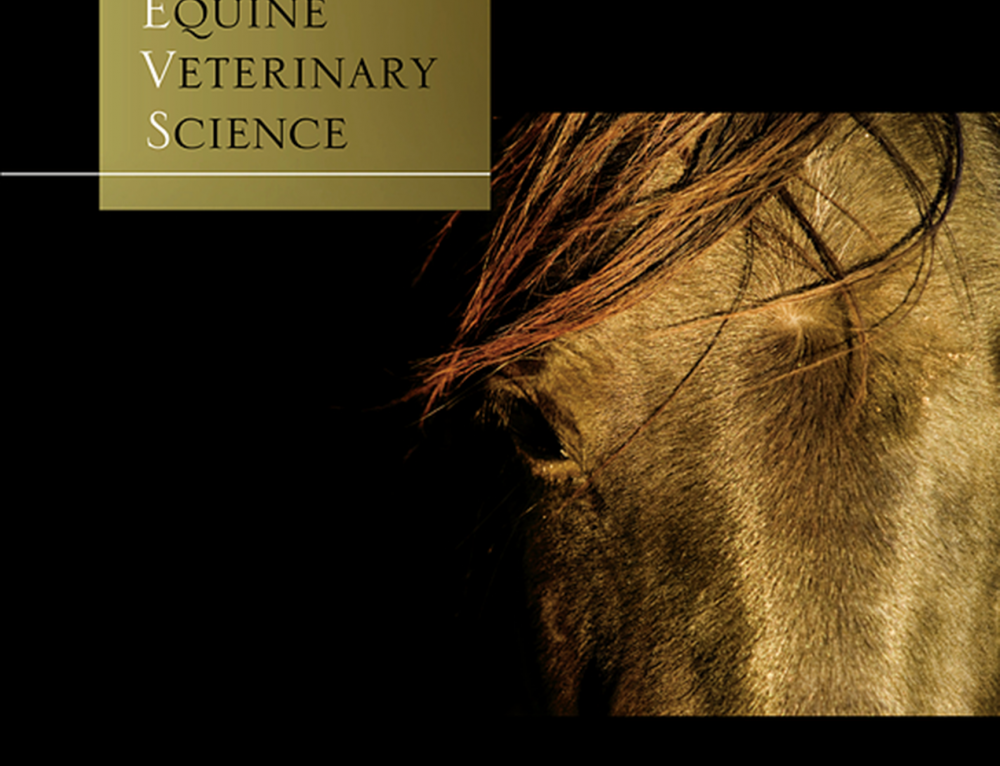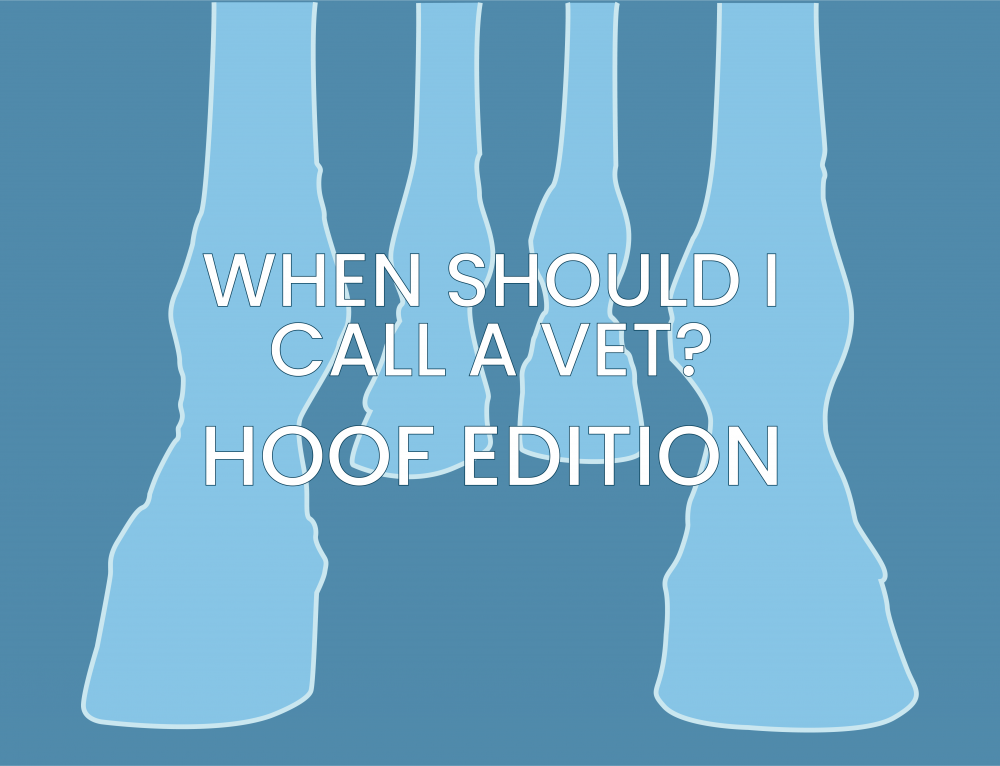


The equine industry, excluding Thoroughbreds, relies heavily on AI to access genetics from different stallions regionally and internationally. Horse selection for breeding is based on pedigree and athletic performance, but not upon reproductive traits or fertility compared to other domestic species. As a result, different breeding strategies have been developed to overcome equine reproductive limitation, including the wide use of artificial insemination (AI) with chilled and frozen semen. There is a wide variety of semen extenders available for both chilled (to use within 48-72 hours) and frozen (for future definite use) semen. These extenders play a key role in reducing the different stressors that semen is affected by once it is collected, processed and stored until use for AI
Chilled semen extenders and its limitations
Chilled semen extenders are designed to protect spermatozoa from injury associated with low temperature (4-6°C) storage. They protect semen from bacterial growth and provide energy and nutrients to maintain the spermatozoa in a viable state with the capacity to fertilise anew following AI. Extended chilled semen is commonly transported in speciality designed styrofoam boxes to maintain the desired temperature until arrival at the facility where the mare will be inseminated. Although the metabolism of spermatozoa is significantly reduced
by chilling, the semen should be used for AI within 48 hours to maximise the chance of achieving a pregnancy, this timeframe requires a tight synchronisation between the collection of semen at the mare’s veterinarian, who will be attempting to manage the mare’s cycle such that she is inseminated with 24 hours of ovulation. A common challenge faced with the use of chilled semen is the unreliability of couriers and flights, which is particularly problematic when AI needs to be performed over weekends and holidays. Any delayed in delivering the chilled semen sample could jeopardise fertility rates by affecting semen quality (overtime, spermatozoa deteriorate progressively during chilling) and the optimal timing of AI with respect to the mare’s ovulation. Another challenge is that there are significantly unexplained differences between stallions in the ability of their spermatozoa to tolerate the chilling process.
Semen extenders for freezing and its limitations
If maintained correctly, frozen semen stored in liquid nitrogen (.196°C) can last indefinitely. Although semen extenders for freezing contain components that provide protection and stability to spermatozoa, irreversible damage inevitably occurs during the freezing process. While frozen semen has the advantage of providing a Mears of storing spermatozoa indefinitely, the challenges associated with the use of
this technology include lower fertility rates’ very labour-intensive AI process and higher costs associated with the freezing process and semen transport (particularly from overseas). Furthermore, as with chilled semen, not all stallion’s semen tolerates the freezing process well.
New semen extenders for long storage at ambient temperature
For many years now the equine industry has needed a more cost-effective alternative for sperm storage to reduce the logistical difficulties associated with the use of chilled and frozen semen. Although different strategies have been attempted over the years with no appreciatable improvement, the University of Newcastle has now developed a novel synthetic stallion sperm storage medium that maintains fertility for at least seven days (and up to two weeks) without the need for chilling or freezing. Instead of suppressing sperm metabolism (as with chilling and freezing), this new extender supports sperm metabolism through a nutrient and antioxident-rich formulation which not only ‘feeds’ the spermatozoa, but also scavenges toxic metabolic by-products to maintain sperm fertility. The new extender can be used to store spermatozoa at ambient temperatures (but ideally at 17°C) for far longer than the 72-hour life span of chilled semen without the need to freeze, while maintaining fertility rates akin to those of fresh semen.
Some of the benefits of the new extender are:
- High fertility rates compared to chilled and frozen semen.
- Transport of semen from stallions whose spermatozoa do not tolerate cooling or freezing, improving fertility rates by avoiding the loss of fertility that occurs following semen chilling and cryopreservation.
- Reduced biosecurity concerns associated with the use of animal-derived components such as skim milk and egg yolk (common components of most semen extenders).
- The new medium is completely synthetic, eliminating the biosecurity threat of international importation.
- Use of a more relaxed mare synchronisation and insemination regimens.
- As an example, chilled semen is commonly requested and shipped approximately 24 hours prior to the expected time of AI. With the use of the new extender, semen could be requested from the stallion facility well before the mare is ready to be inseminated, and the semen stored on-farm until the veterinarian determines the proper time for breeding (ideally within seven days of semen being collected). This is particularly beneficial when stallions have busy competition schedules or to avoid semen transport over weekends or holidays, where courier availability is limited and unreliable.
- Reduced cost and logistical constraints associated and the use of frozen semen.
- Dry shippers are required to transport frozen semen, and because of their size and weight and need for liquid nitrogen, represent a significant cost, particularly when overseas transport is needed. With the use of the new extender, semen could be transported in regular containers (like styrofoam boxes) which are cheaper and lighter than dry shippers, reducing transport costs.
- Facilitate international transport of semen
- The synthetic (protein-free) composition of the new extender could prevent samples from being held up at the boarder for longer than necessary.
- Ease of maintaining storage temperature with the new longer than necessary.
- Reduce the need for frequent semen collection, enhancing stallion welfare.
- Welfare issue in breeding stallions should not be taken lightly. This is particularly critical when breeding stallions are also under stress associated with competition. The use of the new extenders could allow a semen sample to be spilt into multiple
does and stored to AI numerous mares, reducing the need to transport stallions frequently to breeding facilities, increasing the time to rest before/after completing and reducing their exposure to stress and disease.
Future perspective from the new extender
The new extender has undergone independent testing with a biotech company in Europe and is expected to expand commercially available in early 2022. The first foal produced using this extender was born in 2018 and more fertility trials are underway. The use of this new extender could significantly reduce the need for chilled semen and in many cases, the need for freezing for importation. The development of this extender is a step forward, providing equine breeders with a valuable tool to enhance genetic improvement, reduce costs associated with breeding and enhance stallion welfare.






